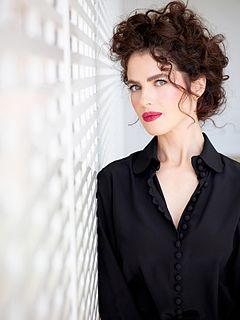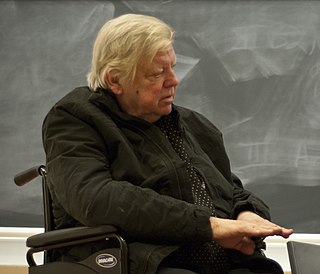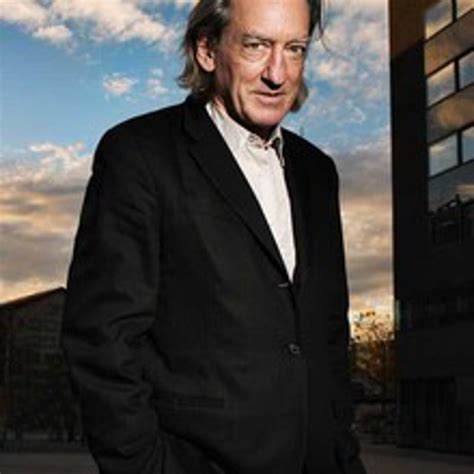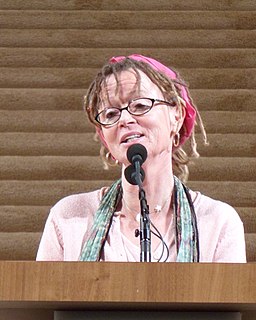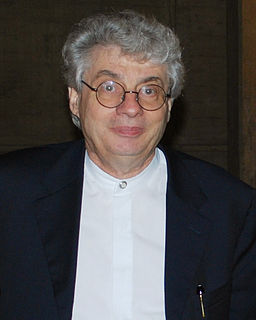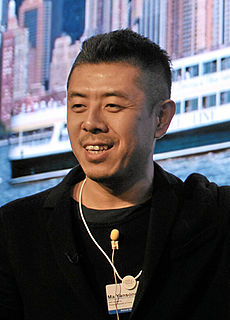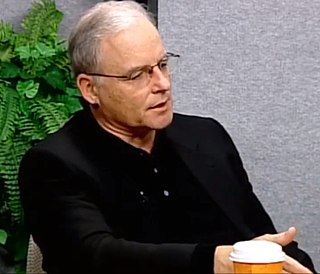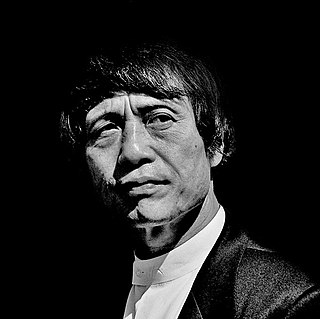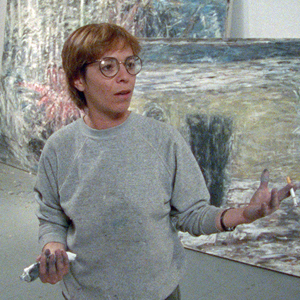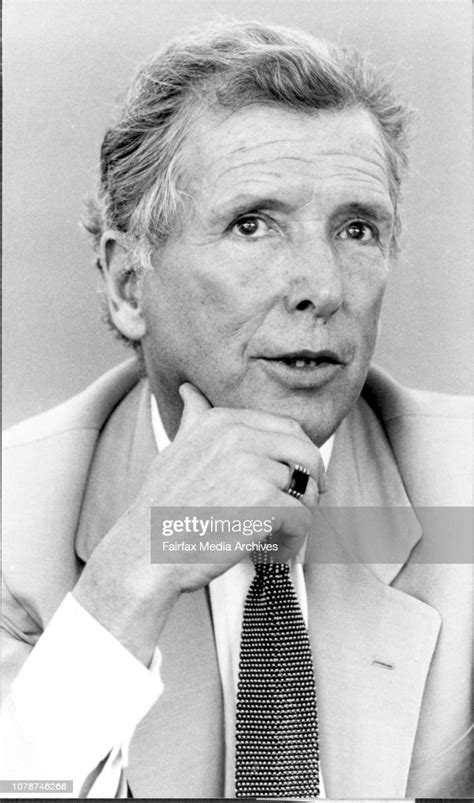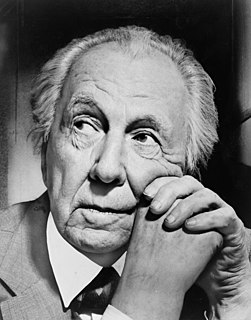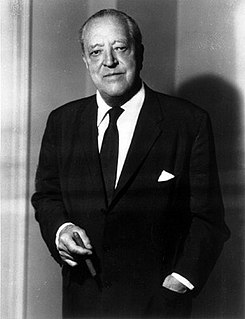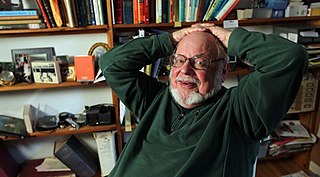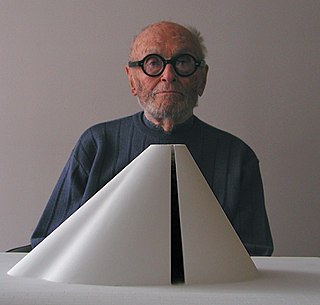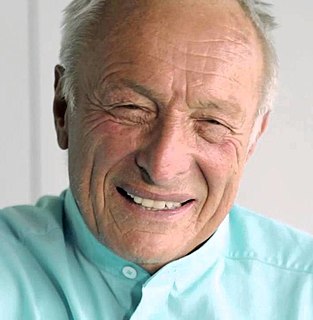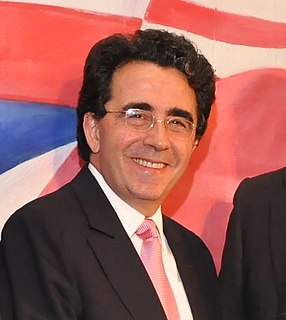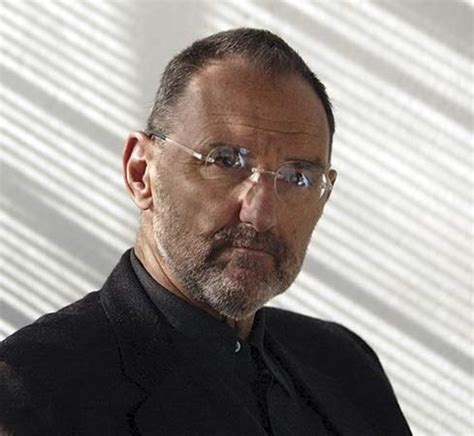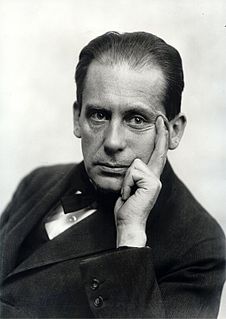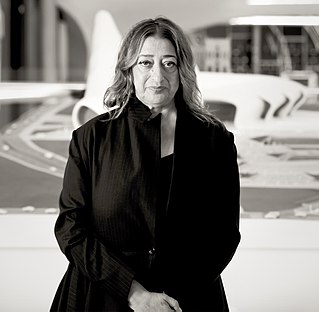A Quote by Neri Oxman
Forms in nature are a byproduct of a reciprocal action between a given material and the conditions of the environment. But in architecture, the process is the direct opposite: First you decide on the form, and then you think how to build it in reality.
Related Quotes
Sex is probably one of the last forms of human expression to enjoy such a direct connection with nature. It might be the primary site of conflict between nature and culture. If one assumes that nature (or instinct) is repressed in a highly civilised society, then I think the conceptual dyad nature-culture is best preserved there, in the realm of sex.
I used to think that paired opposites were a given, that love was the opposite of hate, right the opposite of wrong. But now I think we sometimes buy into these concepts because it is so much easier to embrace absolutes than to suffer reality. I don't think anything is the opposite of love. Reality is unforgivingly complex.
You must watch the pictures that you paint with your imagination. Your environment and the conditions of your life at any given time are the direct result of your own inner expectations. If you imagine dire circumstances, ill health or desperate loneliness, these will be 'automatically' materialized, for these thoughts themselves bring about the conditions that will give them a reality in physical terms. If you would have good health then you must imagine this as vividly as you fearfully imagine ill health.
I've consciously taken on material that's a bit too much for me but not an overreach. The first movie, just about performances. 'The Town,' I learned how to work broader material, develop tension, direct bigger scenes, action sequences. 'Argo,' I experimented with film stock, widened the scope of my geography.
In some conditions, the architecture of textile is more relevant than in other conditions or the opacity of the material form. Pattern in the world of scarce materiality and a hybridity becomes a way of creating a new authenticity. Sometimes there is a certain kind of nobility of a group of materials literally of the earth, which had a certain nobility of presence, but is very different from the materials we have now.
Today's children are living a childhood of firsts. They are the first daycare generation; the first truly multicultural generation; the first generation to grow up in the electronic bubble, the environment defined by computers and new forms of television; the first post-sexual revolution generation; the first generation for which nature is more abstraction than reality; the first generation to grow up in new kinds of dispersed, deconcentrated cities, not quite urban, rural, or suburban.
I think there has to be an interesting transformative process between your perception of reality and making the paintings. If you are just trying to render what you see you are not entering into a transformative process. And that's what makes a good painting: the process of transforming and the willingness to leave reality behind.
